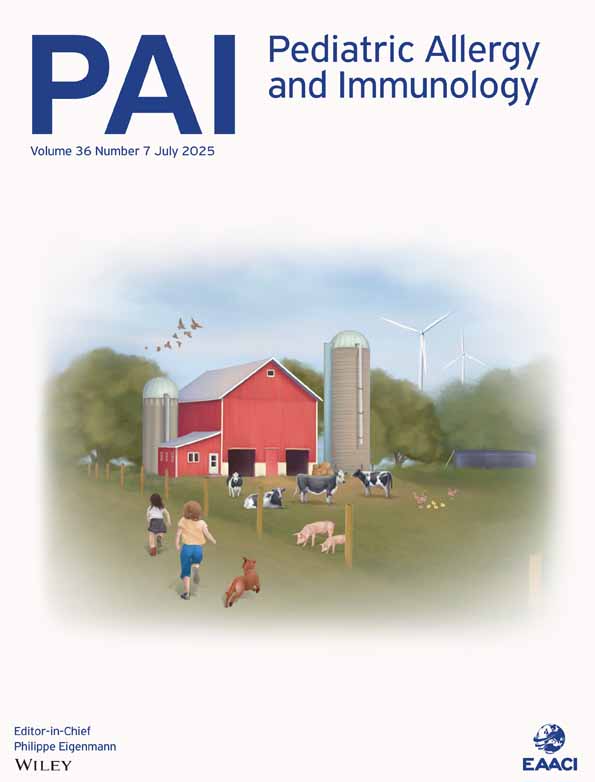Effect of oral cyclosporin A in children with Staphylococcus aureus-colonized vs. S. aureus-infected severe atopic dermatitis
Abstract
Atopic dermatitis (AD) is frequently associated with skin colonization or infection with Staphylococcus aureus strains producing exotoxins. The aim of this investigation was to evaluate the effect of oral cyclosporin A (CsA) on disease severity and bacterial counts in colonized and infected patients. Eleven children with severe AD (SCORAD index >50, mean objective SCORAD score >40) were treated for 8 weeks with 2.5–5 mg/kg CsA. In five patients, the skin was only colonized with S. aureus whereas the remaining six patients presented clinically relevant suppurative S. aureus skin infections characterized by small pustules, crustings, pus and increased pruritus in the presence of S. aureus as determined by contact sampling and culture which regularly resulted in the indication for antibiotic treatment. Clinical and microbiological investigations were performed before and after CsA therapy. Clinical signs and symptoms of AD improved in all patients with a reduction in mean SCORAD index from 74 to 29 (p < 0.001). However, disease severity and bacterial counts were more reduced by CsA in the colonized patients compared with the patients with clinical overt infections. In conclusion, treatment with CsA resulted in an improvement of clinical symptoms in children suffering from severe AD. However, anti-infective treatment administered before immunomodulatory therapy is likely to be decisive for the long-term therapeutic effect.




